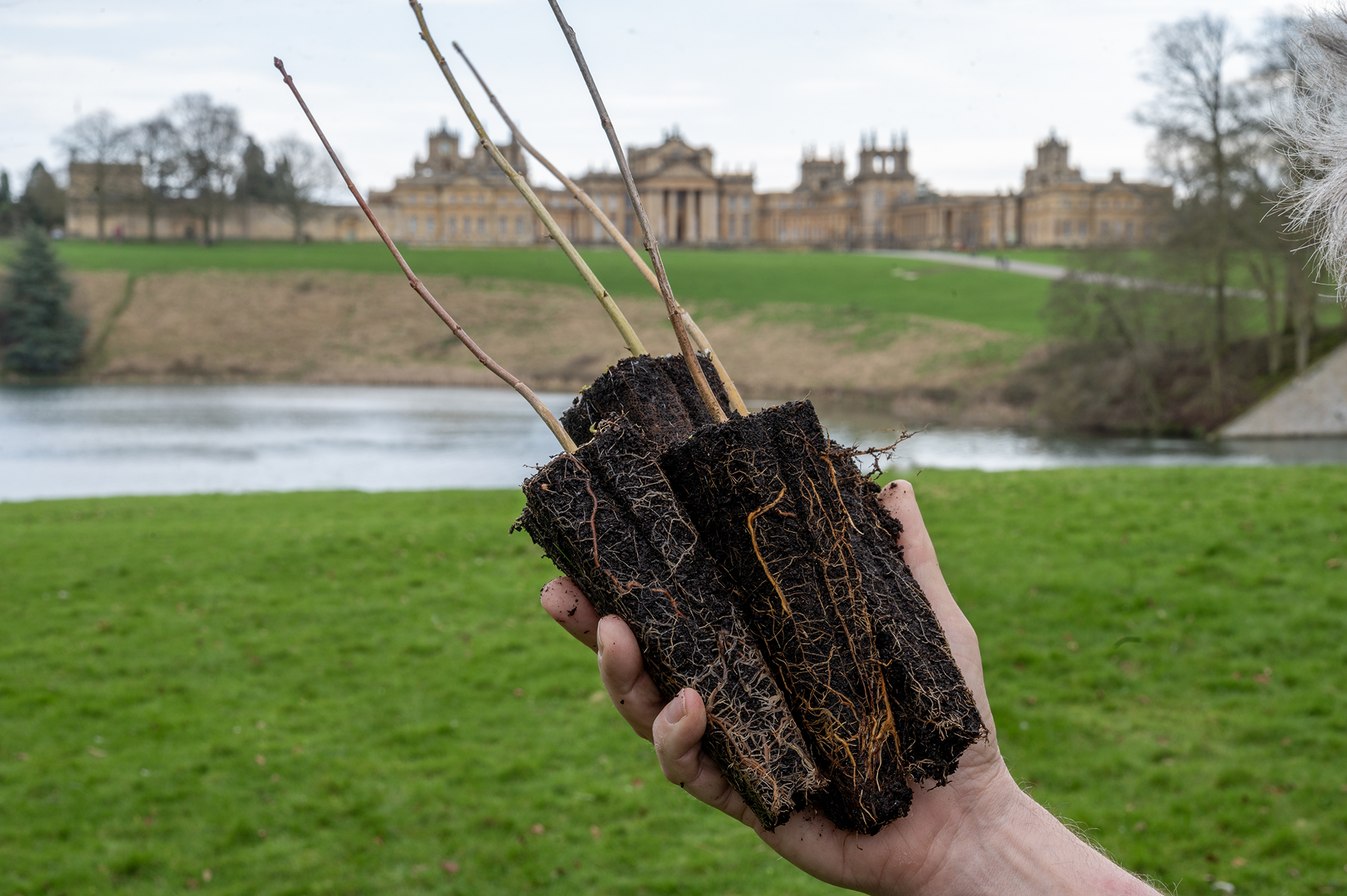
Humanity has a tree planting problem. As the climate and nature crises escalate, we need to protect our forests and plant billions of trees to remove carbon dioxide from the atmosphere, address global warming and revive essential ecosystems.
In the UK alone, scientists are warning of the catastrophic collapse of forests within 50 years, if we don’t take action. Although the UK currently has ambitions to plant 30,000 hectares (equating to at least 30m trees of new woodland annually), there are many barriers to meeting this goal, such as seed shortages, low sapling survival rates and poor soil health.
Unless we find solutions to overcome these challenges, we won’t be able to plant trees at the speed and scale needed to meet our ambitious targets.
Three main barriers to mass tree planting
- Seed shortages
There are simply not enough seeds. In the US, research shows that reforestation efforts are already short of two billion seeds. Europe is suffering from a similar shortage.
Seed collection is a small-scale industry. Few people have the specialist knowledge and climate change is making it harder. Years of drought can halt a tree’s energy-intensive seed production. Warmer weather also causes an increase in the bugs that eat up surviving seeds. Forest fires are reducing the supply of trees from which to collect seeds.
The available seeds are not always the right ones for the environment in which they are to be planted. For instance, oak seedlings imported into the UK from Spain are not necessarily suitable for our climate or local biodiversity. Some species of trees also low germination success rates – 20,000 seeds may only result in 5,000 trees.
- Low sapling survival
Due to their unsuitability for the local environment, poor land preparation and poor root health, many saplings die in the two to three years they’re in polytunnels or when they are transplanted to their final site. A case in point is the tree planting around the HS2 railway line, which was meant to replace the ancient forests that were felled. Up to 80% of the young trees are estimated to have died since they were planted.
- Poor soil health
The basis of all terrestrial life, the thin layer of topsoil that covers the land is disappearing. And the soil that remains is often not fertile, with a third of it moderately to highly degraded. Healthy soil serves as the foundation for our woodlands, supporting not just the trees but also the fungi and microorganisms they need to thrive.
Our mass tree planting solution
For the last three years, we have been working with Blenheim Estate, home to 12,000 acres of historic forest and woodland, to develop ‘ForestFactory’ – a new concept that uses innovative farming methods to tackle the barriers we face in mass tree planting and reforestation. We are now scaling up the project to prove the concept works.
Over the next three years, we aim to plant 600,000 trees across Blenheim Estate – creating all the seeds from native trees already growing there. If we can prove ForestFactory’s viability, we then hope to create a million-tree-a-year farm.
ForestFactory addresses tree planting issues using three methods:
- Propagation
To ensure the growth of vibrant woodlands, packed full of life, it’s crucial to plant trees that are not just from the right species – but are also native to the local area. To overcome this issue of limited seed stock, we take cuttings from local old-growth trees as inputs for our seedlings. We use the same basic technique as people have been using since the Agricultural Revolution to grow and breed plants from cuttings. Thanks to our innovative methods, we can use the old trees’ genetic material to create the volume of seedlings required for large reforestation projects.
- Vertical farming
We’re partnering with Vertical Future to grow saplings in vertical farms. By growing tree saplings in stacked shelves of trays under LED lights using hydroponics, we can mimic the conditions of the environment to which they’re headed. We simulate droughts and floods, so they have the right characteristics to cope with the reality of climate change.
We can also make them grow in specific ways. For example, if we use far-red lights, the saplings believe they’re in the shade and grow tall and spindly to try and break through into sunlight. In practice, we tend to use bright lights, so our saplings grow short and fat, which makes them hardier.
- Biochar
Soil health should be an essential component of any reforestation or afforestation project. To ensure the survival of our saplings, we enrich the soil in which we plant them with a mix of compost and biochar – a form of sequestered carbon made by pyrolysing waste organic materials, in the absence of oxygen. When applied to the soil, it not only improves its fertility and water retention capacity, but also helps capture and store carbon.
The world urgently needs solutions like our ForestFactory to solve the issues we face in protecting and rebuilding our forests. With our geo-specific, multi-disciplinary approach, our leading team of researchers and scientists are now turning this into a scalable solution that directly fights the effects of climate change.